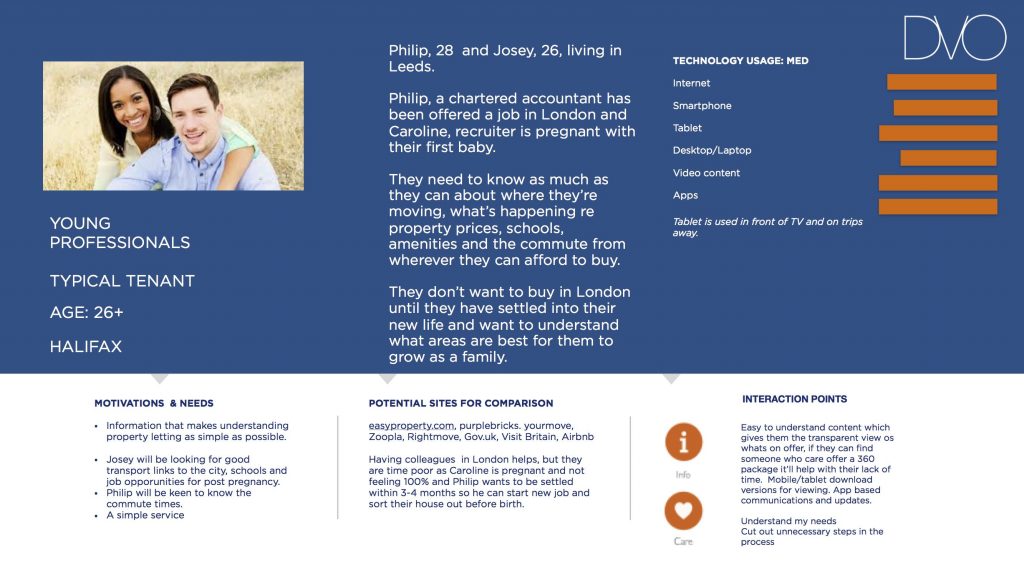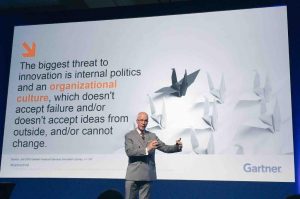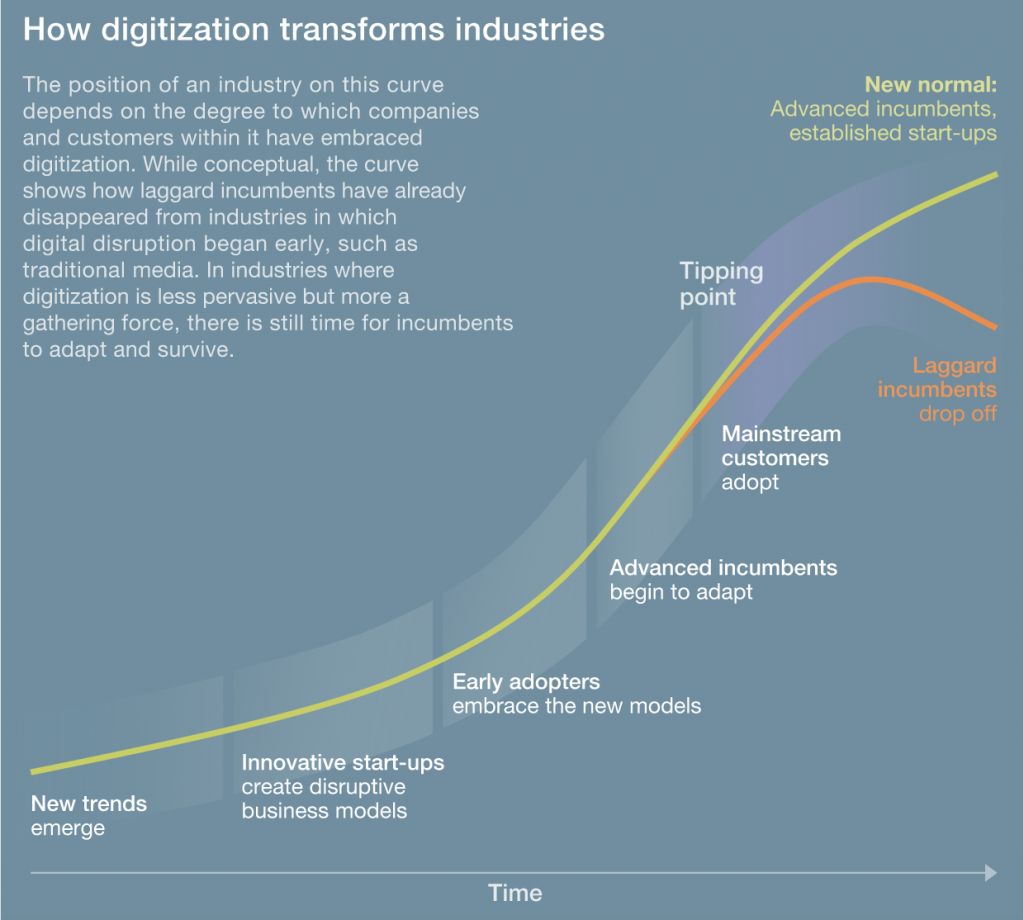This week we take on content strategy in all it’s glory.
Always-on social content strategy is a core discipline that is squarely on both brand and agency agendas, and rightly so in our humble opinion. But most of the content marketing conversation we see focuses on the tactical delivery and technology surrounding content, so we thought we’d put forward how we develop a content strategy, or any other strategy for that matter. It’s always a vitally important step but is so often overlooked or fails to align with the wider brand marketing strategy and that’s very risky, whether you’re a start-up or seasoned brand.
We’re staunch advocates of a rigourous approach to everything we do, especially when developing strategy and we want you to be too. Why? Because you’re probably being bombarded everyday with the next tool or simple process that promises little effort and work for massive results and I’m here to tell you that this simply isn’t true. None of the really successful brands, new or old, got where they are by cutting every corner imaginable, that’s not how the world works.
In the post we’ll cover everything, including:
- Setting objectives
- Research
- Uncovering insights to inform your strategy
- Segmentation of data
- Persona building
- Customer journey mapping
- Strategy
- Creative and how to think about a long idea for content
- Co-creation and UGC
- How this is delivered and structuring a content calendar
- Media planning to inform distribution
- Activation, management and refinement
It’s a lot to get through so grab a cuppa and hold on to your hats!
Setting objectives
Before doing anything, it’s really important to have some goals in mind. Building a customer-centric marketing strategy with content at its heart is brilliant and highly effective. It’s going to give you the edge over your competition if they’re not, because connected consumers are more likely to buy things from you if you put the right content in front of them at the right time.
So well done you on reading this as you’re obviously looking to develop your content strategy. If you’re not then read on anyway, we might just convince you to take the plunge.
However, as with all marketing, you need to set aspirational but realistic goals. If you don’t, then how do you know if what you’re doing is working or, sometimes more importantly, not working, so you can fix it. So many times we see brands pumping large budgets into projects with no clear objectives or metrics in place.
Strategy, by definition, is “a plan of action designed to achieve a long-term or overall aim.”
So start big, think increasing sales, changing perceptions, building awareness in new markets, increasing market share.
Once you’ve got these aims in mind, you can start to layer performance indicators underneath, that measure individual tactics in the context of the overall aim, commonly called KPIs (Key Performance Indicators). We can’t stress enough how hugely important it is to have these in place, without them you simply have no idea whether your content strategy is working. The KPIs you create will, to some extent, be influenced by what you decide to do within your strategy and could be a variety of things dependent on what you’re looking to achieve.
DO NOT CONFUSE GOALS WITH KPIs! THIS IS A TRAP MANY FALL INTO AND WONDER WHY THEIR FACEBOOK LIKES KPI DOESN’T DIRECTLY EQUATE TO MORE SALES.
Research
Everyone goes on about how important research is but I’m yet to read a good post that actually tells you anything constructive to help you get off the ground. There are basically two routes to go down, depending on how well structured your brand is. If you’re well on your way to having a good set of guidelines for how your brand communicates itself, including behaviours, values, personality, tone of voice, in some shape or form, awesome. If you’re not and you just have a logo, some colours and fonts, then it’s worth taking some time to build up your brand’s personality a little. Crystallising the essence of your brand will give you clear guidance on the style and tone of your content.
Our research methodology covers data and qualitative research in four areas:
- Brand
- Competitors
- Landscape
- Consumer
We dial up and down in each area how much data we have (limited by availability) and the qualitative research we undertake.
Data sources:
- Internal customer and prospect database
- Social listening
- Geo demographic data
- Website analytics
Qualitative research:
- Surveys
- Focus groups
- Good old desk based Internet trawling of research papers
- Trend libraries, Mintel, Canvas8 for example
- Our planning teams experience and internal ongoing research
We then scrutinise the research in granular detail. So whether that’s looking for relevant elements, segmenting data to find significance, overlaying datasets, buying behaviour or macro trends and future spotting, it’s all tightly analysed. Insights are then derived through the process. Importantly, we then scrutinise again, as we don’t take anything at face value and delving deeper and deeper often uncovers insights that others have failed to spot. This alone can give you a huge advantage.
Uncovering insights
I could wax lyrical for ages on this but I’ll try and keep it short. Insights are simply unexpected facts that seem to contradict actual assumed perceptions. This sort of thing is very well described in books like “Thinking, Fast and Slow” (Daniel Kahneman, Penguin). Generally, we form opinions on things simply because our brains are a bit lazy. So aim to uncover insights that challenge perceptions because they will reap big rewards.
A good example of this is playing out right now in financial services. Women account for a huge potential market with un-invested funds, control of family budgets and generally more say in family economics and purchasing decisions. This flies in the face of convention that suggests the man who goes out to work controls the money. Rubbish. You can see in loads of financial services advertising and content that it’s squarely aimed at women.
Hold onto these insights they’re important for the later stages and they will give your content strategy a competitive edge.
Data segmentation
It’s time to chop up your data into more manageable, useful chunks. Your aim is to group together people who have similar characteristics, whether you choose a simple path such as age gender, location or a more sophisticated route such as behaviours, product choices and lifetime value. Or a combination of both perhaps.
Customer personas
Once you’ve got some segments you can start to build some personas for each one. Don’t go mad, you only need a few.
A persona should look something like this example we created for work in the property sector:

This helps inform your creative, your timings and your distribution choices.
Consumer journey mapping
Once you’ve established personas that either look like your customer segments or the result of your research, if you haven’t got a large customer database, then it’s time to think about journeys. Mapping the consumer journey is one of the single most important things you will down creating a content strategy, or any marketing strategy for that matter. It puts the consumer at the heart of your organisation and allows you to build your entire experience around them.
Generally we take a 5 stage approach, covering:
Creation of customer stages
These are the behavioural stages a customer and potential customer go through to ultimately buy your product or service. Depending on your sector these can happen quickly or over a long period of time, regardless, they will go through different stages. Some of these include; discovery, research, consideration, purchase, advocate.
Understanding goals and needs
It’s important to keep in mind that the journey map is about the consumers goals not yours. We identify what it is that the consumer needs that’s going to help them achieve their goal at any given stage. This helps us identify the touch points where we can meet these needs. If we can achieve the consumers goal we can move them to the next stage of the journey.
Identifying the touch points
Through the process you should now be building a picture of where you can interact with your consumer. This could be online, offline, in person there are now many places to interact and in many different ways. What you’re looking to identify are the important ones, the places where you can interact that will have the desired affect.
Leveraging data
The basis for any good consumer journey map is data, whether that’s data explicitly derived from your own database, via third parties or through anecdotal research. The challenge faced by most brands however is that their channel ecosystem wasn’t created based on a specific journey, it’s just sprung up because the brand felt they should. We’ve met many brands operating across multiple channels with little actual understanding of their customer. Very often most of the data is from outside sources in this scenario and a certain amount of testing is required to find a balance across the customer journey before thinking about optimising it.
Identifying gaps
The customer journey map very quickly shows us how siloed organisations are, identifying where gaps exist and where needs aren’t being met. This is a great exercise that helps multiple teams align around the customer, but it’s not without it’s pain points.
The journey map should be viewed as a living document that can change as we learn more about our customers for this very reason. The gaps highlight where you are weak and where you should focus efforts.
Strategy
We always aim to craft a simple strategy into something you can articulate in one sentence. This sounds simple but is actually pretty difficult, but it is worth it. With the strategy in mind, you can shape all your activity in the same direction. Your strategy is designed to give you the tools to hit your goals and it will bring into line everything else you do.
There are all sorts of different frameworks you can use but the fundamentals are virtually always the same.
Some of the frameworks include:
SOSTAC, situation analysis, objectives, strategy, tactics, actions, control.
This is what we follow at DVO and we’ve laid this article out following the stages in SOSTAC.
You can read more about SOSTAC
here and a host of models that have stood the test of time, here.
Creative and how to think about a long idea for content
You may already have your brand creative and a big idea that forms the basis of your communications. If so, awesome. Your job is going to be quite a bit easier as your task is now more about adapting that story and communicating it through always-on channels, such as your blog and social media.
If you don’t, it’s time to think about an idea or a story that you can tell.
At this stage it’s great discipline to think about developing a creative brief. This is where the fruits of your planning and strategy can guide the creative process, putting in place the boundaries and framework within which thoughtful ideas can flow. We wrote a post recently on the agency briefing process so we won’t go into that again here, but it’s worth reading.
This is where we as agencies should excel. The planning and strategic process is designed to ensure that the ideas, technology and activation have the best chance to succeed providing the insights that create a real competitive advantage when telling brand stories.
In traditional advertising the narrative is often the starting point to pick out key messages that then manifest as a visual or copy in adverts. With content marketing, it’s the other way around. What are the messages you want to communicate and how can these be turned into a narrative? How can that then form the themes and elements within your content to give you enough room to talk around the subject over the long term.
There are many ways to achieve this. We’re big advocates of the golden circle method, especially given the attitudes of connected consumers.
Rather that the what > how > why approach, the story is told the other way around why > how > what. This is a successful tactic that companies like Apple use as it builds a much stronger affinity with their target market. We know that people buy into businesses with a strong philosophy and sense of purpose and this tactic aligns brand and consumer much more closely.
The consumer journey map we created earlier is where we blend creative and data. Data helps us to understand where and when we should communicate but it’s the creative that makes the difference. Only the best creative will cut through the noise and give us the competitive edge. It’s this blend that is a real area of competitive advantage for brands willing to push themselves and their agency partners.
Co-creation and UGC
Something that is increasingly important for brands is how they co-create with both the influencers and their wider brand audience. Customers as advocates, UGC, whatever your preferred term one thing is for sure that bringing external voices into your story not only amplifies its reach but enhances its authenticity. Some of the most successful integrated content campaigns weave external content in from the start. Whether they use a simple device to get people to share pictures or stores such as a branded hashtag or employ more sophisticated tools such as Tint to source UGC content and repurpose this on websites, advertising and in social media. All work on the simple fact that people trust other people more than they trust your brand. It’s word of mouth at scale and thinking about how your concept and strategy can incorporate it can help a good campaign become a great campaign.
How this is delivered and structuring a content calendar
A content calendar is an essential and really useful tool. It needn’t be complicated and can help you shape the story and act to bring cohesion across all the elements. Building one is pretty easy and if you need help there are loads of free tools and examples online.
It’s worth thinking about a content framework that would look something like this example from work in the property space we have undertaken which prioritised video and media friendly content:

Media planning to inform distribution
Media planning is one of the most overlooked areas of content, so much so that it’s become a cliché to even say but here goes. Your content can be the most relevant, exciting and engaging content in the world, but if nobody reads it, it is entirely useless.
Depending on what channels you’ve selected, based around the research you’ve done regarding your customer’s journey, you should by this point be starting to categorise your content based on what it’s designed to achieve. For example, is it about awareness and getting people engaged with your brand, is it about consideration, driving home a message with longer more informative content, is it about conversion creating a compelling reason to buy?
Different types of content suit different channels. Putting the wrong content out through an inappropriate channel can render it dead in the water, no matter how brilliant the content actually is.
Activation, management and refinement
Time to put your money where your mouth is. You should now have all the elements in place to successfully implement your content strategy. You should have a clear picture of your consumer, where they are, and what their needs are. You should have content that is structured and a distribution plan to put the right content in the most effective place. Importantly, you should understand what data you want to capture, what you’re going to measure and how this can then be analysed to improve what you are doing.
We hear so many stories that talk about just diving in with a thin scraping of research, especially where start-ups are concerned (seriously, SO MANY TIMES IT’S SCARY). I think this is a huge and potential expensive risk. Unless you really understand what and why you are doing things, it’s the fastest way to see zero results and lose money. Good work and great results take a bit of effort. I’m writing this blog in the full knowledge that, hopefully, some readers will follow this and it will help, but in reality for many it’s not that easy and for good reasons. If it was, then we’d all have traffic, customers and sales coming out of our ears and wouldn’t need to worry.
Now it’s time to think about how you are going to test your content, track your KPIs and bench mark what does and doesn’t work. You can apply a simple a/b test philosophy to your content and also test across the customer journey to see whether your content is moving people to the next natural stage. Be mindful though consumers don’t observe a linear funnel so keep this in mind that people will likely come in and out of your channel ecosystem at points of their choosing. Be flexible and this won’t drive you mad.
If you’d like to talk to us about how we can help you through the development of a content strategy we’d love to hear from you. It’s complicated and there aren’t any shortcuts. But get it right and you will foster loyal customers and hit the heights that have often seemed out of reach. Pick up the phone, give us a call, we’ve got nice biscuits and we can help.







